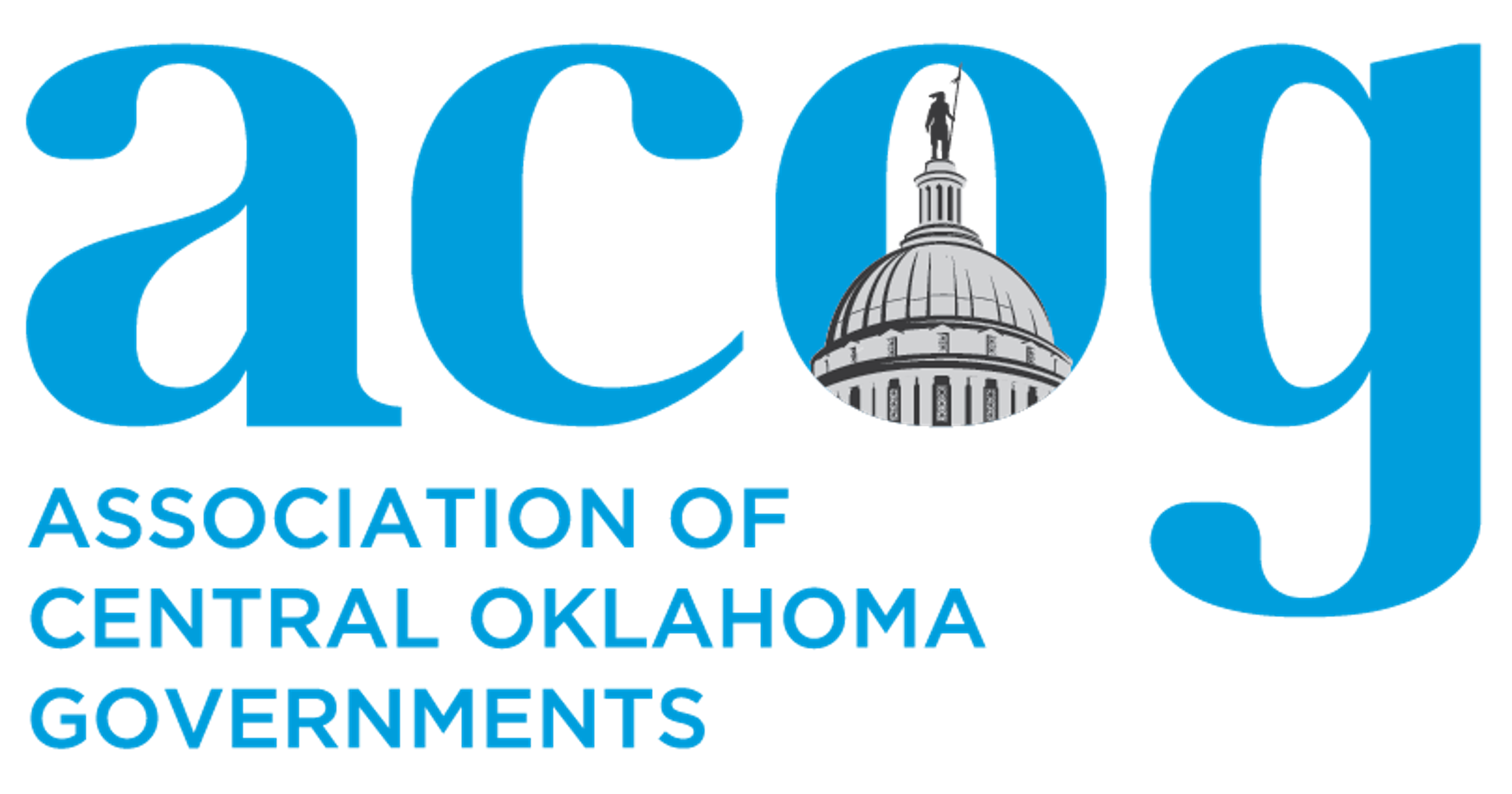Oklahoma is getting pretty dry, as the latest drought maps show. In response to the drought crisis, state water agency officials and planning specialists will hold a series of public meetings to share information and obtain feedback on water conservation strategies that could mitigate projected water shortages in Oklahoma’s most compromised areas – the “hot spots”.
Agriculture producers, water providers, and interested citizens residing in and around these areas—those determined to have the most significant water supply challenges within the next 50 years—will be offered an opportunity to shape actions that could collectively satisfy future water demands and thus avoid substantial water shortages projected in those areas. The meetings, hosted by the Oklahoma Water Resources Board, will be held March 11 in Goodwell at the Hughes Strong Auditorium on the Oklahoma Panhandle State University campus, March 12 at the Quartz Mountain Resort (north of Altus), and March 13 in Duncan at the Simmons Center. Each meeting will start at 6 pm.
Oklahoma’s 82 watershed planning basins are likely to experience surface water and/or groundwater deficits by 2060. (A copy of these investigations can be downloaded at: Hot Spot Report). While the magnitude or probability of projected shortages is relatively minor in many areas, each of the dozen Hot Spot basins are facing potentially large and recurring water deficiencies that require more immediate attention. “In 2006, when we initiated the Water Plan update, our overriding goal was to meet the long-term water needs of every Oklahoman,” says J.D. Strong, OWRB Executive Director. “If we can address the looming water supply problems of those citizens and water users at greatest risk—those residing in identified Hot Spots—then we can certainly implement effective strategies wherever water challenges exist in Oklahoma.”
With the Legislature’s passage of the Water for 2060 Act in 2012—prompted by a priority recommendation of the most recent OCWP update—Oklahoma has become the first state in the nation to establish a statewide goal of consuming no more fresh water in 2060 than is consumed today. To meet this ambitious goal, the Water for 2060 Advisory Council was convened in 2013 to begin formulating conservation practices, incentives, and educational programs that could accordingly moderate statewide water usage. The OWRB, U.S. Army Corps of Engineers and their contractors support the work of the Advisory Council while conducting more intensive investigations of conservation strategies proposed by the OCWP.
For more information, contact John Harrington at jharrington@acogok.org.
